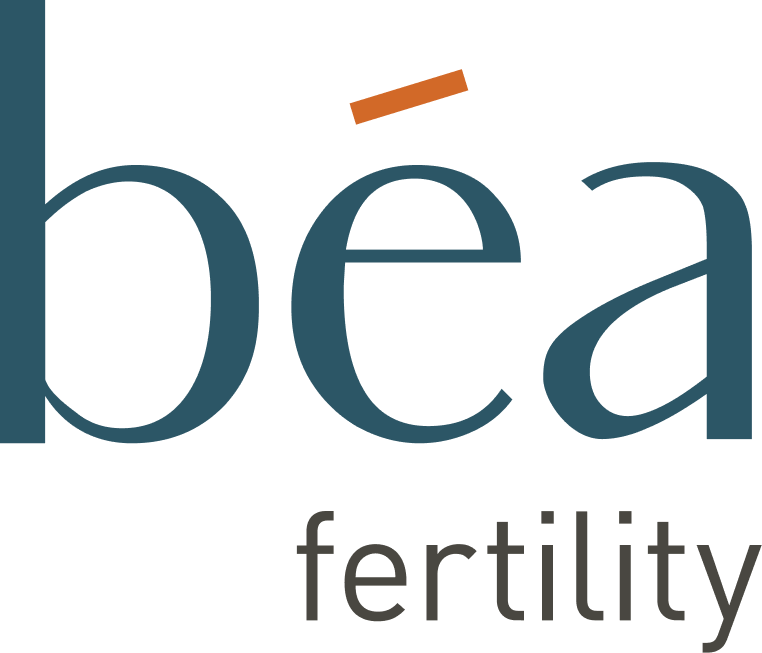If you suffer from Endometriosis and are trying to conceive, you may have a lot of questions as to whether the Béa Treatment is right for you. Read on to find out more about the condition itself, the intracervical insemination (ICI) treatment and improving your chances of conceiving.
Written by Sandy Christiansen, MSc
In this article:
Does the Béa Treatment work with Endometriosis?
Yes - it does! The Béa Treatment could be a good treatment option for mild-moderate endometriosis as it's a hormone-free fertility treatment (and some fertility drugs can cause endometriosis to flare).
The Béa Applicator places our custom cervical cap against the cervix, holding semen in place for up to one hour. It increases the exposure to the cervical mucus, minimises the contact of semen in the vagina (where the pH can reduce sperm quality) and reduces semen backflow.
Reasons why people try ICI with endometriosis
-
No more waiting
On average, it can take 8 years to receive an endometriosis diagnosis. You've been waiting long enough.
-
Hormone-free
Some fertility drugs can cause endometriosis to flare.
-
Additional support
We know endometriosis is more than a “painful period”. We're here to help.
What is endometriosis?
Endometriosis is a common condition, affecting up to 1 in 10 women, where tissue similar to the inside of the uterus is found in other places, like the outside of the uterus, ovaries and fallopian tubes. Unfortunately, it is a condition that has been under-diagnosed to date and some women report having to visit their doctor multiple times – and on average, it can take 8 years to receive a diagnosis.
 Diagram showing how endometriosis can be found in the uterus
Diagram showing how endometriosis can be found in the uterus
What are the symptoms of endometriosis?
There are many different possible symptoms of endometriosis, which may be why it has previously been difficult to diagnose. Some of the more common symptoms include:
-
Painful periods
The pain typically begins a few days before the period and usually lasts the whole of the period. -
Pain during sex
The pain is typically felt deep inside and may last a few hours after sex. -
Pain in the lower abdomen and pelvic area
Sometimes the pain is constant, but it is usually worse on the days just before and during a period. - Bleeding in between periods
-
Other symptoms
These may include fatigue, pain on passing poo, pain in the lower abdomen when you pass urine, low back pain and, rarely, blood in the urine or poo. -
Difficulty becoming pregnant
This may be due to endometriosis blocking the passage of the egg from an ovary to the fallopian tube. Sometimes, the reason for reduced fertility is not clear.
How severe is your endometriosis?
ICI can help you conceive with endometriosis, however it will not help treat the underlying condition of endometriosis. If you've been diagnosed with endometriosis - your doctor may have mentioned what stage you have, ranging from mild to severe. We've summarised this below.
Mild endometriosis
In mild cases a few endometriosis growths may be found on or near the ovaries, fallopian tubes, and area behind the uterus.
The Béa Treatment is suitable for you if you have mild endometriosis and no other fertility conditions.
Moderate endometriosis
There is a presence of many endometriosis growths, cysts on the ovaries (ovarian endometriomas) and adhesions that can make organs stick together (this can cause a sharp, stabbing abdominal pain). Adhesions can make getting pregnant more difficult if they're located on the fallopian tubes.
The Béa Treatment is suitable for you if you have moderate endometriosis if your fallopian tubes are open and your doctor has not recommended surgery as treatment.
Severe endometriosis
In severe cases, there is a presence of many cysts and several adhesions. In addition, endometriosis may be located in and around more organs in the body (rectum, bladder and bowel). Endometriosis in these areas may cause painful bowel movements, abdominal pain, constipation, nausea, and vomiting.
The Béa Treatment might not be suitable if you have severe endometriosis. In some cases, the endometriosis tissue may need to be surgically removed before a pregnancy is attempted. The Béa Treatment is suitable if you've received the green light to try to conceive following a surgery.
What causes endometriosis?
Unfortunately, the cause of endometriosis is still unknown. There are many different possible symptoms of endometriosis, and the condition is likely caused by a combination of factors. Because endometriosis manifests itself in a variety of ways and shares symptoms with other conditions, diagnosis can be difficult.
What treatments are available?
There is no cure for endometriosis, but there are treatments that can help manage the symptoms. Currently, there are 3 common treatment options to help manage endometriosis:
1. Pain Relief
Pain relief is often the first port of call. Paracetamol and anti-inflammatory medications (such as ibuprofen) may be tried initially. Tranexamic acid and mefenamic acid may also be prescribed to help control bleeding and alleviate pain.
2. Hormonal Treatments
The combined oral contraceptive pill, progestogen or an intrauterine coil (like the Mirena coil) may be recommended by your doctor. These treatment types can limit the production of oestrogen which can reduce endometriosis growth and improve pain and other symptoms, but they do not have an impact of the sticky adhesions so they may not improve your fertility. These types of hormone treatments cannot be used if you are trying to conceive, as they are types of contraception. You would need to speak to your doctor about coming off treatment before starting ICI.
3. Surgery
Surgery is often used to investigate and ultimately diagnose that you have endometriosis. It can also be used to remove endometriosis in more severe cases. A surgical procedure called a laparoscopy is often performed, under general anaesthetic. This is where small incisions are made in your tummy to assess the endometriosis with a small camera and remove it with fine instruments. This is the gold standard for diagnosis of endometriosis in the UK.
The key is to make sure that you have healed fully from any surgery before considering getting pregnant and trying ICI. Talk to you doctor about your plans to conceive and get the green light to go ahead after your surgery.
How do you decide what treatment is right for you?
You will be able to discuss the different treatment options with your doctor who will help outline the risks and benefits of each option. There are several things they may take into consideration when determining the best treatment type, most importantly the reason for seeking treatment:
-
pain management
-
heavy periods
-
trying to conceive
-
wanting to conceive in the future
Some types of treatment can have an impact on your fertility or reduce your chances of getting pregnant so it's important to be open with your doctor about any plans to conceive now or in the future, so the best treatment type can be prescribed for you. If you have endometriosis or you suspect you might have endometriosis, then don’t wait to visit your GP if trying for a baby. NICE (National Institute for Health and Care Excellence) guidelines state that if there is a known predisposing factor for infertility, then doctors should make an earlier referral for specialist consultation.
How can you improve your chances of conceiving?
Endometriosis can be associated with fertility problems, however, it is estimated that 60–70% of those with endometriosis can get pregnant spontaneously. The link between endometriosis and fertility is not fully established. It's thought to be associated with the presence of endometriosis on the fallopian tubes or ovaries, hindering ovulation or fertilisation of the egg. Here are two options that might help:
1. Short-term hormonal treatment
There's no treatment available to slow down the progression of endometriosis while you're trying to conceive. Some endometriosis specialists recommend short-term treatment with hormonal contraceptives such as the combined oral contraceptive pill or the Mirena coil as they reduce the blood flow during menstruation and help to stem the disease process. By taking hormonal contraception for a 3 month period, this can improve your endometriosis symptoms and subsequently also your chances of conceiving once you stop the contraception again.
2. Try the Béa Treatment
The Béa Treatment could be a good treatment option for endometriosis. The Béa Applicator places our custom cervical cap against the cervix, holding semen in place for up to one hour. It increases the exposure to the cervical mucus, minimises the contact of semen in the vagina (where the pH can reduce sperm quality) and reduces semen backflow.
Want to learn more? Download our Guide to endometriosis and Trying to Conceive.
Speaking to your GP about the Béa ICI Treatment
The Béa Treatment is new on the market – it's possible your GP hasn't heard of it yet. It's an at-home fertility treatment that previously hasn't been accessible or available to purchase online. We know GP appointments are short - so here's the TL:DR version:
The Béa Treatment is the modern take on ICI (intracervical insemination). It's an at-home fertility treatment that's affordable and accessible. It involves placing a cervical cap with semen near the cervix and it has a pregnancy rate of 50% over 6 cycles.
References:


Share:
Polycystic Ovary Syndrome (PCOS)